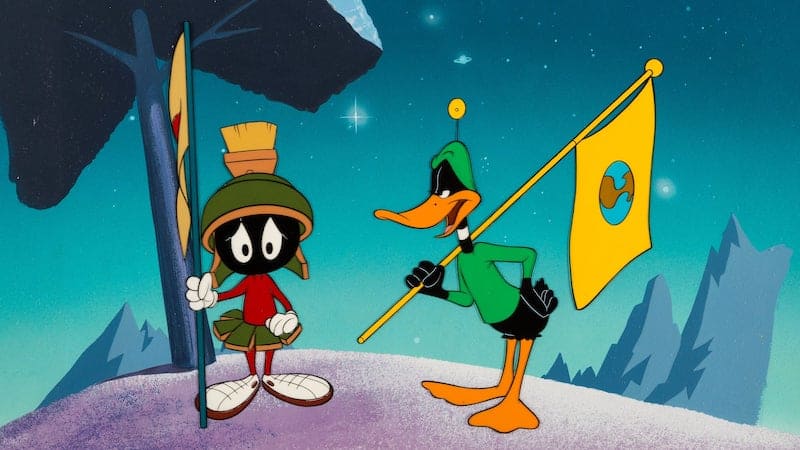
There is no better art form for space travel than cinema. Sure, there are plenty of excellent high-flying science fiction novels, and television has had plenty of great interplanetary adventures over the years, but nothing really holds a candle to the movies. One can even compare a cinema to a spaceship, the theater-going experience a less hokey version of a ride at Disneyland. 2001: A Space Odyssey is the intergalactic elephant of the genre, of course, but audiences have been captivated by space travel at least since Méliès’s A Trip to the Moon. That’s over a century of grand, bombastic, and enormously ambitious films that explore the breadth and depth of the universe.
And now we have Interstellar, equally convinced of the magic of cinema and the essential task of maintaining its majesty on 70mm, while extending its reach into IMAX. It follows in the large, distant footsteps of 2001 and Solaris, as well as the more recent space boot prints of Gravity. These films all use special effects to blend live actors into a mostly fantastical background, a strategy that has increasingly intruded into the realm of animation over the years. What, then, about animation itself, its practitioners approaching space travel from the other direction, creating new galaxies from scratch?
There are obviously a lot of directions in which to take this discussion. Stop-motion solar systems hanging above come to mind, along with the fleets of computer-generated spaceships that have swept us away in recent years. Yet Interstellar, with its 70mm screenings and its Americana vibe, is set up as a classic. As such, it only follows to put it in the context of a classic of American animation, albeit one with a completely different feel.
Duck Dodgers in the 24 1/2th Century is a strange masterpiece. It premiered in the summer of 1953, just a few months after Duck Amuck. The two Daffy shorts are arguably at the very top of Chuck Jones’s body of work, and the fact that they were made in such rapid succession is something of a miracle. Yet while they share the same lead and the same sense of humor, their formal accomplishments vary a great deal. Duck Amuck looks inward, spinning around until it dizzily projects its philosophical insides onto the screen. Duck Dodgers looks up and out into the farthest reaches of the universe.
Planet X, to be exact. There’s a rare element on its surface, one which Duck Dodgers must bring back to earth. And so he teleports to his spaceship, hops on board alongside an eager young space cadet (Porky Pig), and starts plotting the route. He seems to have no idea what he’s doing, but no matter; his character’s entirely unfounded confidence is the best part of his comedy. Upon arrival, Dodgers plants an Earth flag on the surface, only to be immediately followed by Marvin the Martian and his flag. The inevitable conflict involves enormous space-age firearms, Acme products, and increasingly ridiculous sight gags. It’s easily one of the funniest shorts Jones produced in this period.
It also looks great, though its images are more for the sake of comedy than in the service of a sense of childlike wonder. Still, the backdrops are gorgeous landscapes of purple mountains and distant stars, deep blue expanses, and wandering silver galaxies. Jones’s version of space is playful and colorful, a fantasy world built to entertain and elate with its charm rather than overwhelm and inspire with its grandiosity. It’s sleek but never so much so that it sacrifices its euphoric silliness, a virtue often missed in the sometimes self-serious space movies of the 21st century.
